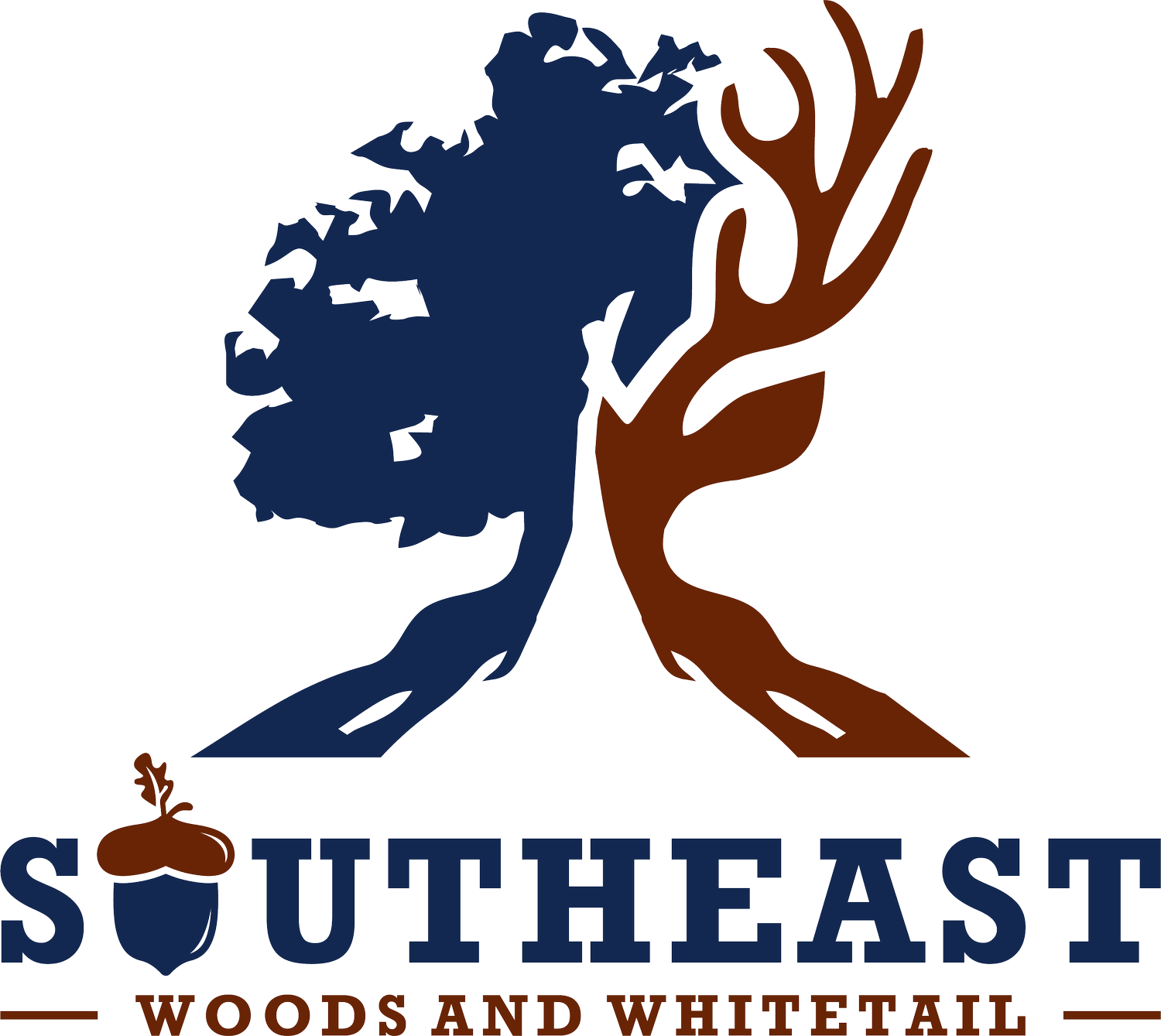Why Doing Nothing Is Killing Your Hardwood Forest
Breaking Down the Oak Bottleneck: Why Our Forests Are Missing the Next Generation of Oaks
Take a walk through most hardwood stands in the eastern U.S., and you’ll likely see something that looks healthy: tall mature trees, a shaded understory, and little sign of recent disturbance. But if you look closer—especially with a forester’s eye—you’ll notice what’s not there: young oaks.
This widespread absence of oak regeneration is what foresters call the oak bottleneck, and it’s one of the most significant ecological challenges facing our hardwood forests today.
What Is the Oak Bottleneck?
The term describes a regeneration failure that occurs when mature oaks are present in the overstory, but there are few—if any—young oaks in the understory or midstory poised to take their place. In other words, we’re slowly losing oaks from the landscape, and in many forests, their replacement species are already creeping in. Maples, poplars, beeches, and other shade-tolerant species are more than happy to fill the gap. Over time, this shifts the composition of the entire forest—and not necessarily for the better when it comes to wildlife value, timber quality, or ecological resilience.
Why Is It Happening?
Oaks are intermediate to shade-intolerant, meaning they require sunlight to grow. Historically, periodic disturbance—like fire, windthrow, or harvest—would open up the canopy and allow oak seedlings to thrive. But in most modern hardwood stands, decades of fire suppression, restrictive harvest policies, and passive management have led to a completely closed canopy. And here’s the thing: this wasn’t always the case. In fact, many of the oak stands we see today—tightly packed and dark under the canopy—are nothing like the historical conditions under which oaks thrived. Early settlers and explorers recorded large expanses of oak woodlands, savannas, and even prairies across the Southeast and Appalachians. Many of these systems had much lower basal area than we’re used to seeing today, and they were actively maintained by frequent fire, often set by Native Americans for game management and travel.
These open conditions were especially common on south- and west-facing slopes, which dried out faster and burned more easily. In contrast, north-facing slopes were more shaded and moist, often supporting denser, closed-canopy hardwood forests much like we see today. The notion that the pre-settlement landscape was entirely mature, untouched forest is a myth. The reality was a diverse patchwork of open and closed-canopy systems—many of which were perfectly suited to oak regeneration.
Why Does It Matter?
Oaks are a foundation species for much of the eastern hardwood ecosystem. They’re critically important to wildlife, producing nutrient-rich acorns that serve as a staple food source for whitetail deer, turkeys, squirrels, and dozens of other species. From a timber standpoint, oaks—especially white oak—are still among the most valuable and versatile hardwoods in the U.S. Losing them over time could have serious implications for both wildlife management and the hardwood economy. And here’s the kicker: Most landowners who say they want to "preserve the oaks for their grandchildren" won’t actually get there by doing nothing. A hands-off approach will almost always lead to a maple/poplar-dominated forest for generations to come. Oak forests aren’t self-sustaining without disturbance. If you want to keep them, you’ve got to manage them.
How Do We Fix It?
The only real solution is to reintroduce disturbance. This doesn’t mean clearcutting every stand or burning every acre, but it does mean making proactive management decisions that mimic natural processes and give oak regeneration a fighting chance.
Here are a few proven strategies:
Timber Harvests with Purpose – Carefully planned harvests (like shelterwood or group selection systems) can open up the canopy just enough to let light hit the forest floor without removing every overstory tree. Ideally, these harvests are timed to a strong acorn crop and followed by aggressive competition control.
Prescribed Fire – Fire was historically one of the most important tools in maintaining oak-dominated forests. It not only removes leaf litter (exposing mineral soil for seedling germination), but also sets back shade-tolerant competitors like maple and beech.
Herbicide Treatments – When shade-tolerant species dominate the midstory, targeted herbicide applications can reset the playing field for oak seedlings.
Patience and Persistence – Successfully regenerating oaks takes time and may require multiple entries. It’s a process, not a one-and-done treatment.
A Combined Approach – The best results usually come when these practices are used together, not in isolation. For example, a shelterwood harvest followed by fire and herbicide treatments can dramatically tip the odds in favor of oak regeneration.
Final Thoughts
At Southeast Woods and Whitetail, we see the effects of the oak bottleneck across countless properties in Northwest Alabama. It's one of the main reasons we encourage landowners to take a more active role in their hardwood management. If we want to preserve oak-dominated forests for future generations—whether for wildlife, timber, or the beauty of the land itself—we have to create the conditions they need to thrive.
Want to assess the oak regeneration on your property or develop a plan to break through the bottleneck? We’re here to help.
– Wyn McAlpine
Registered Forester & Co-owner, Southeast Woods and Whitetail LLC
